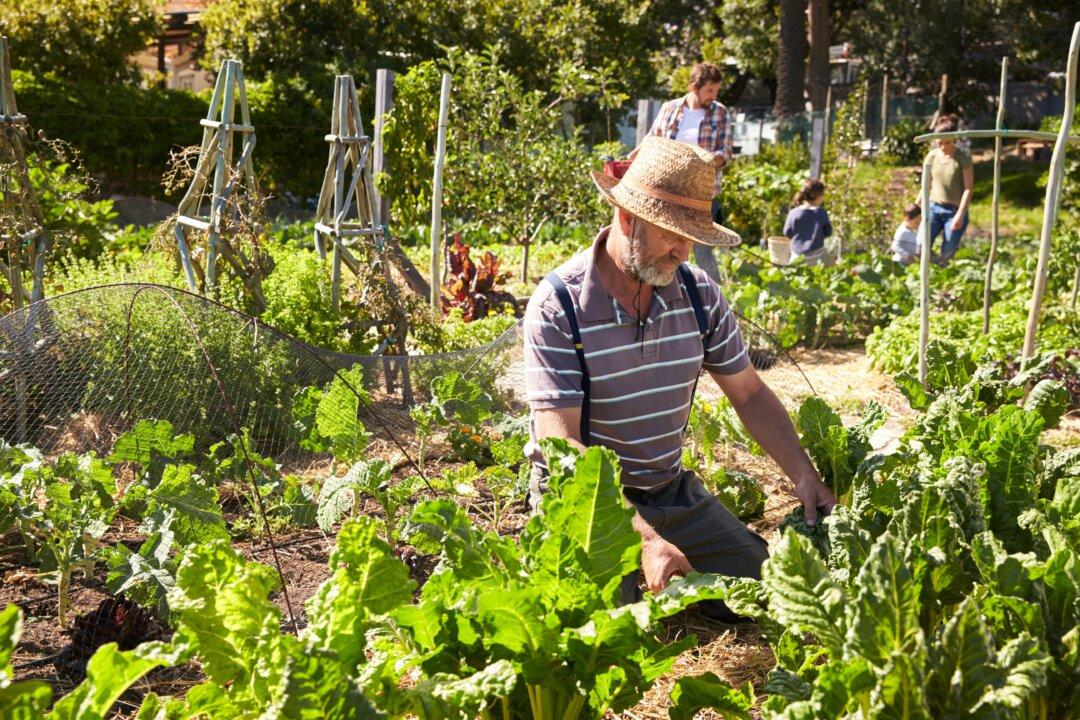As a general rule, people like things to be organized. Order is comforting. Routines make life easier to understand. We get up at a regular time, drink our coffee in our particular way, have the same job for year on year. We also like things that are neat and tidy: an organized desk, pencils in a holder all sharpened and sticking upwards (or is that just me?), smart clothes, and styled locks. (The very thought of being seen in public with bed hair!)
Like a sleek bob or hipster’s beard, our gardens are all too often quaffed and pruned to within an inch of their lives, each plant seemingly having been given a short-back-and-sides, chopped into order (or submission, depending on how you look at it). When I walk down the little road I live on, I am struck by how many front “gardens” are simply an overly neat square of lawn (if a lawn is even present) and a concrete, brick, or gravel driveway. When did we start making room for multiple cars but none for nature?





